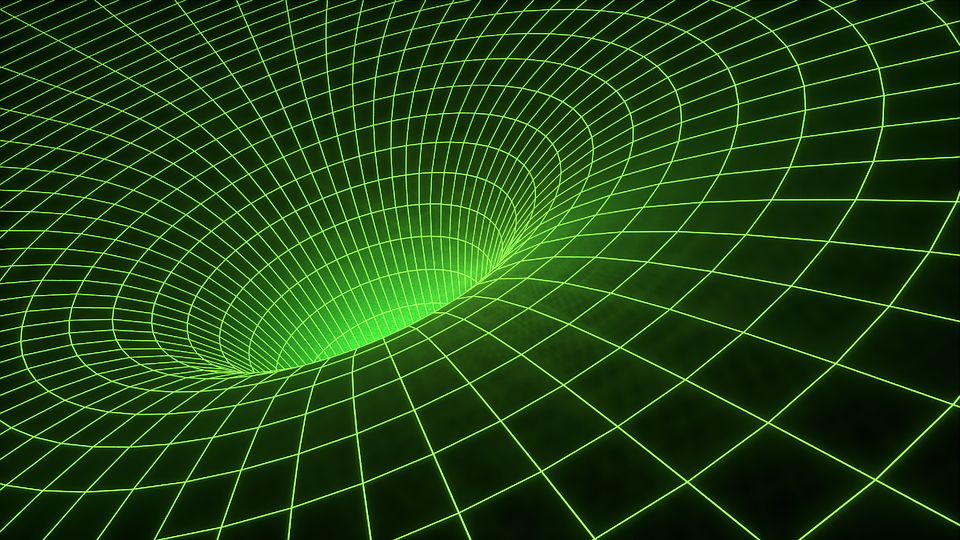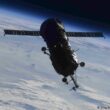Shortly after the Big Bang, our Universe began to cool.
The cosmic microwave background (CMB) remnants of electromagnetic radiation from the Big Bang period. It provides a glimpse of the early Universe.
You can read ‘the Big Bang Theory, Long Story Short’ CLICK HERE.
What is Cosmic Microwave Background?
During the 1960s, astronomers became aware of measurable microwave background radiation in all directions.
The presence of this radiation, known as the Cosmic Microwave Background (CMB), has contributed to enhance our knowledge of how the Universe originated.
The CMB is simply electromagnetic radiation that pervades the whole Universe and was left over from the first cosmic period.
It is thought to have developed around 380,000 years after the Big Bang and includes modest hints as to how the earliest stars and galaxies arose.
While optical telescopes cannot see this radiation, radio telescopes can detect the weak signal (or glow) that is brightest in the microwave area of the radio spectrum.
The CMB can be seen from Earth at a distance of 13.8 billion light years in all directions, prompting scientists to conclude that this is the real age of the Universe.
However, it does not represent the real size of the Universe.
Given that space has been expanding from the beginning of time, and is now expanding faster than the speed of light, the CMB is simply the farthest back in time we can think of.

Why Scientists Are Trying To Measure the Temperature of CMB?
Temperature observations of the cosmic microwave background have offered tremendous insight into the nature of the Universe during the last two decades.
The temperature and polarization anisotropy of the CMB convey detailed information about the composition and development of the Universe.
The preceding cosmological model states that the Universe has cooled and continues to cool since the Big Bang.
The model also outlines how the cooling process should take place, although it has only been explicitly proven for very recent cosmic eras so far.
An international team of scientists has developed a new technique for estimating the temperature of the cosmic microwave background.
This is the first time the temperature of the cosmic microwave background radiation has been measured at such an early period in the history of the Universe.
The finding not only marks a significant step forward in the evolution of the cosmic background temperature, but it may also have ramifications for the elusive dark energy.

Scientists detected HFLS3, a large starburst galaxy, using the NOEMA observatory in the French Alps, the most powerful radio telescope in the Northern Hemisphere.
In terms of distance, the galaxy is just 880 million years after the Big Bang.
They found a cold water gas screen that casts a shadow on the cosmic microwave background radiation.
The shadow is caused by the warmer microwave radiation being absorbed by the cooler water on its way to Earth, and its blackness reflects the temperature difference.
Because the water temperature can be calculated from other observable attributes of the starburst, the discrepancy represents the temperature of the Big Bang’s relic radiation.
Besides confirmation of cooling, this finding also informs us that the Universe in its infancy had certain fairly particular physical features that no longer exist today, as lead author Professor Dr. Dominik Riechers of the University of Cologne’s Institute of Astrophysics stated.
The cosmic microwave background was too cold for this impact to be seen roughly 1.5 billion years after the Big Bang.
As a result, we have a one-of-a-kind observation window that only opens up to a very early Universe.
So, if a galaxy with otherwise comparable features to HFLS3 existed today, the water shadow would no longer be visible since the needed temperature contrast would no longer exist.
This important milestone not only confirms the expected cooling trend for a much earlier epoch than has previously been possible to measure, said co-author Dr. Axel Weiss of the Max Planck Institute for Radio Astronomy (MPIfR) in Bonn.
It may also have direct implications for the nature of the elusive dark energy.
Riechers said:
Based on this experiment, the properties of dark energy remain for now consistent with those of Einstein’s ‘cosmological constant. That is to say, an expanding Universe in which the density of dark energy does not change. Having discovered one such cold water cloud in a starburst galaxy in the early Universe, the team is now setting out to find many more across the sky. They aim to map out the cooling of the Big Bang echo within the first 1.5 billion years of cosmic history. This new technique provides important new insights into the evolution of the Universe, which are very difficult to constrain otherwise at such early epochs.
Dr. Roberto Neri, co-author and NOEMA project scientist, also noted that the team is actively following this up with NOEMA by analyzing the surroundings of different galaxies.
‘With the expected improvements in precision from studies of larger samples of water clouds, it remains to be seen if our current, basic understanding of the expansion of the Universe holds.”








